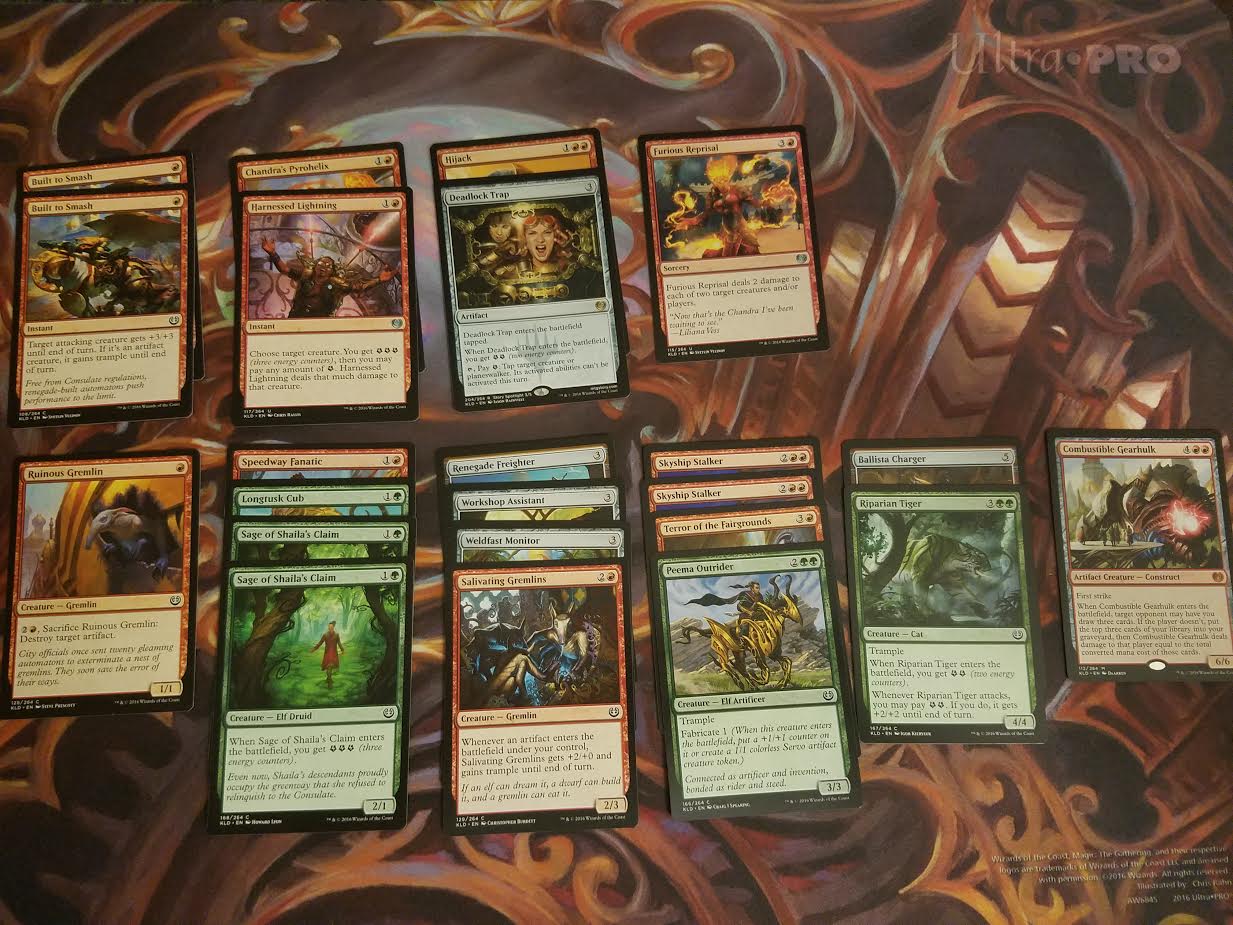When talking about playing Limited on a competitive level there are only two formats to consider - Sealed and Draft. Often in large tournaments, such as Grands Prix, both formats will be played. Today's article we will be going over the basics of deck building for both of these major formats. Although Sealed and Draft are both referred to as Limited and have a lot of similarities, they are fundamentally different when it comes to deck building. Recognizing these differences is extremely important when developing a plan for deck construction.
What makes a Limited deck?
A Sealed pool will have 84 cards and an unlimited amount of basic lands to create a 40 card minimum deck; however, in a Draft you will only have 42 cards. It is important to keep your deck as close to 40 cards as possible. Adding more cards will only increase variance within the deck. Ideally you want to draw the best cards you have each game, and keeping your card count low will help you to do that.
Basic deck concepts
A limited deck is normally 23 spells and 17 lands. This land to spell ratio is typically best in most Limited formats. This has a lot to do with two things - average mana cost of cards in your deck and the number of colours you are using.
Creature to Spell Ratio
When building a sealed or draft deck it is important to ensure you have a solid ratio on creatures to spells. To ensure my deck has a good flow I like to lay out my cards by splitting up the creatures and other spells, and by converted mana cost.

Often when laying out the cards I will have more than 23 cards down. This will allow me to look at where my deck is weak and make cuts accordingly. For instance if my creature count is below 12 I want to avoid cutting anything from that section. Often you will need to take out something like a powerful combat trick because you simply can not run fewer creatures. Once the deck is laid out and cut to 23 cards you are ready to add the lands.
Land Ratio
Running 17 lands means that most of your cards have a converted mana cost (total mana cost of a spell) of 2-4, and only two or three that cost 5 and above. As you increase or decrease the average converted mana cost of the cards in your deck, you will want to change the amount of land you are running. If the most expensive card in your deck costs 4 you might be able to move the land count down to 16, or you might want to go up to 18 if you have several cards 5 and higher.
Another thing to consider when deciding how many lands to run is how many colours you have in your deck. Often in a set with a lot of multi-colour cards you will most likely be running three colours, and possibly splashing a fourth. In these situations you want to increase how much mana you have access to. You can do this by running an extra land or by playing cards that will give you access to these additional colour sources. Often playing green will help with these issues because they tend to have many cards that help you mana base.
Simple Tips for Drafting
The actual drafting process is an extra step to building a Limited deck. This can be one of the most skill intensive parts about playing Limited. During the draft a player is expected to evaluate the cards in a pack extremely quickly before picking one and passing the rest to the next person. This can be difficult because the best card is not always the best pick.
The thing players struggle with the most is staying open. Being open is the idea that during the 1st pack and possible even part of the second pack you are noticing what cards are being passed to you, and taking that into consideration when deciding on a colour. Let's say you pack one - pick one a strong blue rare for example, but you notice few blue cards are being passed to you, you need to be willing to abandon blue for something that seems available. Often it is best to just take the best card in each pack for the 1st half of pack one before really settling on a colour.
Between each pack opened you are given time to look over the cards you have drafted. It is important that you take this time to develop a plan based on the cards you already have. You will want to consider what colour cards you have, and what seems open. It is also important to note at this time how many creatures you have so you can draft the remaining cards accordingly. Over time you will become more comfortable with the drafting format, and your ability to develop a plan will become easier.
Card Evaluation
When building a Constructed deck most players get a deck list online, occasionally making minor changes based on preference. These decks and cards are already proven to be competitive. In Limited, however, it is important for players to be able to evaluate cards on the spot. A card’s value has a lot to do with what it does and its converted mana cost.
The best way to approach each new set is by reading all of the card spoilers, and by interacting with the cards. It is also crucial to take advantage of all of the resources available to you. Listening to podcasts or reading articles will help you decipher what will be good in each set. There is even Sealed pool generators that will help you learn the cards and notice colour interactions. I have even had friends who will proxy entire sets once it is spoiled to practice drafting before a large tournament.
Shuffle Them Up and Crush
Once you have built your deck the only thing left to do is play! Every time you play you might discover that you don't like certain colour pairs, or that a card didn't work like you thought it would. Your preferences and card evaluations will constantly be changing. Keep these changes in mind next time when creating a game plan for your new deck. The longer a set is out the better your decks will become. Lastly it is important to remember that there isn't always a right answer or line of play in Limited - somethings are simply out of your control.


